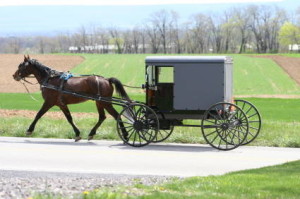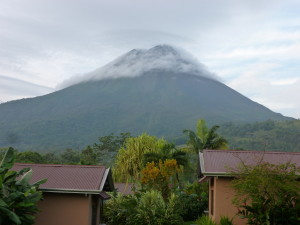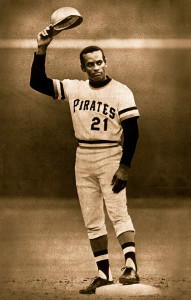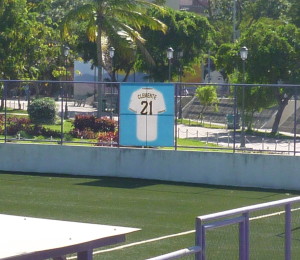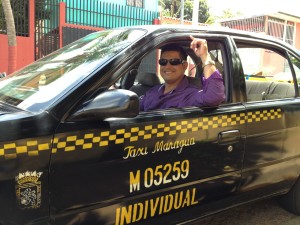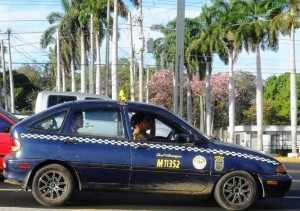When we travel we do not typically stay in hotels. Over the years of my professional life I have stayed in some of the finest hotels in the world and I enjoyed those excursions immensely. Everything I needed to conduct my business was at hand usually right within the hotel (i.e., wireless Internet, business center with Internet access, copying, printing, messenger service, overnight mailing, etc.). Room service was a real plus as I would sometimes work extensively in the room. Having meals of my choice brought to me at the time of my choosing helped me work more efficiently and be more productive. But for personal travel, the typical big hotels are expensive at worst and impersonal at best. The furniture is uncomfortable.
When Heide and I decided to become vagabonds, the world of travel housing took on a whole new light. We didn’t want the isolation of a sterile hotel room. Our purpose in travel is “…to explore strange new worlds, to seek out new life and new civilizations, to boldly go where no [one] has gone before.” More or less. As noted in a previous post, we planned on “living” where we went, not just “vacationing.” Consequently, we needed more amenities than a hotel could provide for day-to-day life. We also want friends and family to come visit us and enjoy some time together exploring so we typically look for two-bedroom/two bath accommodations.
I suspect you are saying to yourself, “I could never afford that.” You would be surprised, however, at how very affordable such housing is particularly when you are staying for a month or more. Most hosts (aka Landlords) are quite willing to negotiate their daily price for a long-term rental –sometimes by as much as half–rather than having the hassle of a constant parade of various guests at various times and, perhaps, not being fully booked. We have negotiated at each property we’ve rented to date and I think our offers were affordable for us and fair to the host. As an aside, we have yet to have any host refuse to negotiate a month or more deal and we’ve quickly come to terms that stay within our housing budget. Each of the long-term rental deals we have done so far have cost less than what we budget–sometimes substantially less. That savings is invested directly into having an even better time !
What To Look For…
We scan the website AirBnB throughout the year to get a sense of housing prices in many of the locations we’ve talked about. Some of it is simply daydreaming, but I also consider it background research as it gives us a much better sense of prices. We don’t skimp on quality. The places we’ve rented have been attractively decorated, clean, well furnished, and in nice neighborhoods–none of which was by accident.
By the time we zero in on a property as a candidate for rental, we have examined every single review written by previous guests (look for at least 15-20 reviews or more, all with glowing reports), looked carefully at the host’s pictures of the rooms on the website (e.g., I want to SEE the air conditioners and ceiling fans, the layout of the kitchen, the laundry facilities, etc.), We locate the property on Google Maps and use Google Earth to actually “see” it if possible. We check the elevation of the terrain around the property and its proximity to grocery stores, restaurants, shops, etc. as we like to walk a lot. We search for news articles about crime in the neighborhood. We check into the cost of a car rental or the availability of public transportation. In short, housing, food (groceries and restaurants), transportation (public or rental) are necessities. We envision the comfort, peace, and tranquility we might experience there and only move forward when we are convinced we will find it there.
Specific Amenities
The first scan of a listing is looking for the “must have” amenities. The following list quickly eliminates properties from consideration as the selection is usually quite varied but we do not compromise on this list. Must haves…
- Two Bedrooms/Two Baths (for guests)
- Air conditioning
- Wireless Internet
- Laundry Facilities or Service (preferably service)
- Cleaning/maid service
- Secure Parking
- Pool
- Full Kitchen (Stove w/oven and all cookware, dishes, etc.)
- Refrigerator
- Microwave
- Coffee Maker
- Electric Included
Currently, we are staying in a small boutique hotel in Managua. Although it is a hotel with typical hotel rooms, it also has two apartments that are fully furnished with two bedrooms, two baths, and all of the amenities listed above. We’ve rented one of the apartments for our four-month stay in Nicaragua with breakfast included each day.
The days are slow and easy. Peace and tranquility abound.
Life is good on the lam…



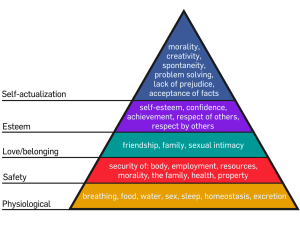
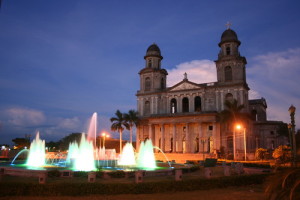
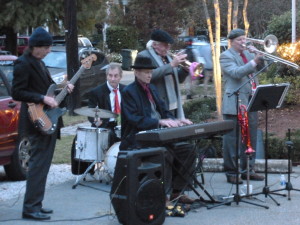
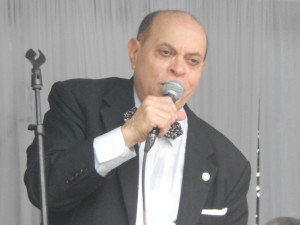
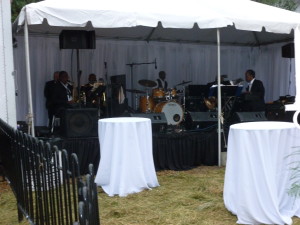 were gathered enjoying drinks, hors d’oeuvres, and listening to the music. The dog panicked and started darting from table to table looking for a place to hide, get away from the people, and in the process caused a bit of panic among the guests. The guy also threatened the hostess, choked the skinny waiter who tried to intervene, and even though the guy had 40 pounds on the waiter, the waiter tossed him to the ground directly behind me on the sidewalk before the police were summoned. In true professional fashion, the band played on as if nothing were happening. I, on the other hand, thought “Holy cow! This is great! You can’t get tickets to this kind of entertainment!!!!”
were gathered enjoying drinks, hors d’oeuvres, and listening to the music. The dog panicked and started darting from table to table looking for a place to hide, get away from the people, and in the process caused a bit of panic among the guests. The guy also threatened the hostess, choked the skinny waiter who tried to intervene, and even though the guy had 40 pounds on the waiter, the waiter tossed him to the ground directly behind me on the sidewalk before the police were summoned. In true professional fashion, the band played on as if nothing were happening. I, on the other hand, thought “Holy cow! This is great! You can’t get tickets to this kind of entertainment!!!!”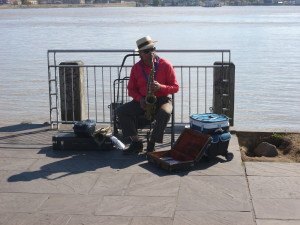
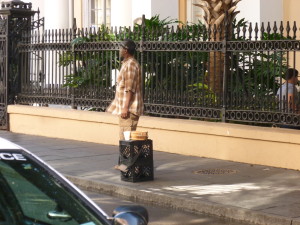


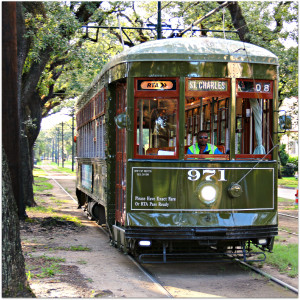

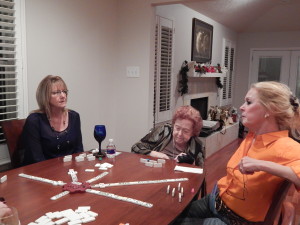

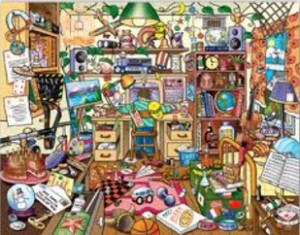
 Perhaps the most difficult task, both physically and emotionally, was to thin out our accumulated belongings. Hard to believe but we have reduced 43 years of married clutter into 54 banker boxes and kept but five pieces of furniture that are family heirlooms with which we couldn’t part.
Perhaps the most difficult task, both physically and emotionally, was to thin out our accumulated belongings. Hard to believe but we have reduced 43 years of married clutter into 54 banker boxes and kept but five pieces of furniture that are family heirlooms with which we couldn’t part.